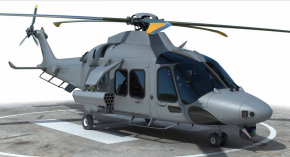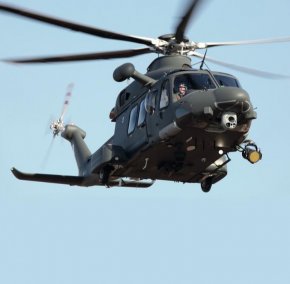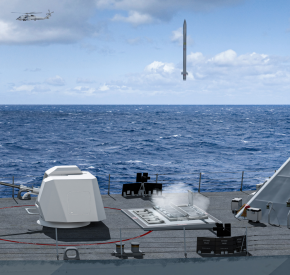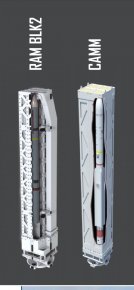This article in Navy Outlook discusses that very thing.That's not an issue. In some ways it's a good thing. The RDN Absalon and Iver Huitfeld Classes were built to commercial specs using commercial methods. The only difference was that they have been armoured in certain areas.

In focus – the Arrowhead 140 Type 31e frigate candidate - Navy Lookout
Derived from the Danish Navy's Iver Huitfeldt class frigate, the Arrowhead 140 is the Babcock/Thales concept for the Type 31e frigate competition. Here we look at the Danish parent design and the Arrowhead proposal in detail. Doing it differently in Denmark The Absalon class Logistic support...
Their commercial ship design heritage had given rise to a myth that the Huitfeldt does not meet full warship survivability standards. This is not the case and the design meets NATO shock protection certification (STANAG 4142, 4137 and 4549), nuclear, biological and chemical protection (STANAG 4447) and vital area armour protection (STANAG 4569). The ships have also passed the Royal Navy’s stringent FOST assessments and sea riders with expertise in damage control say the Huitfeldt class fully meet their high standards.
(The Arrowhead 140 conforms with Naval Ship Code (ANEP-77)





